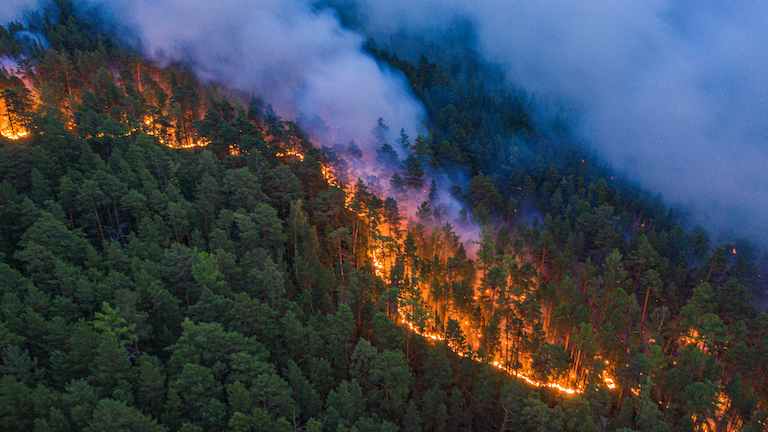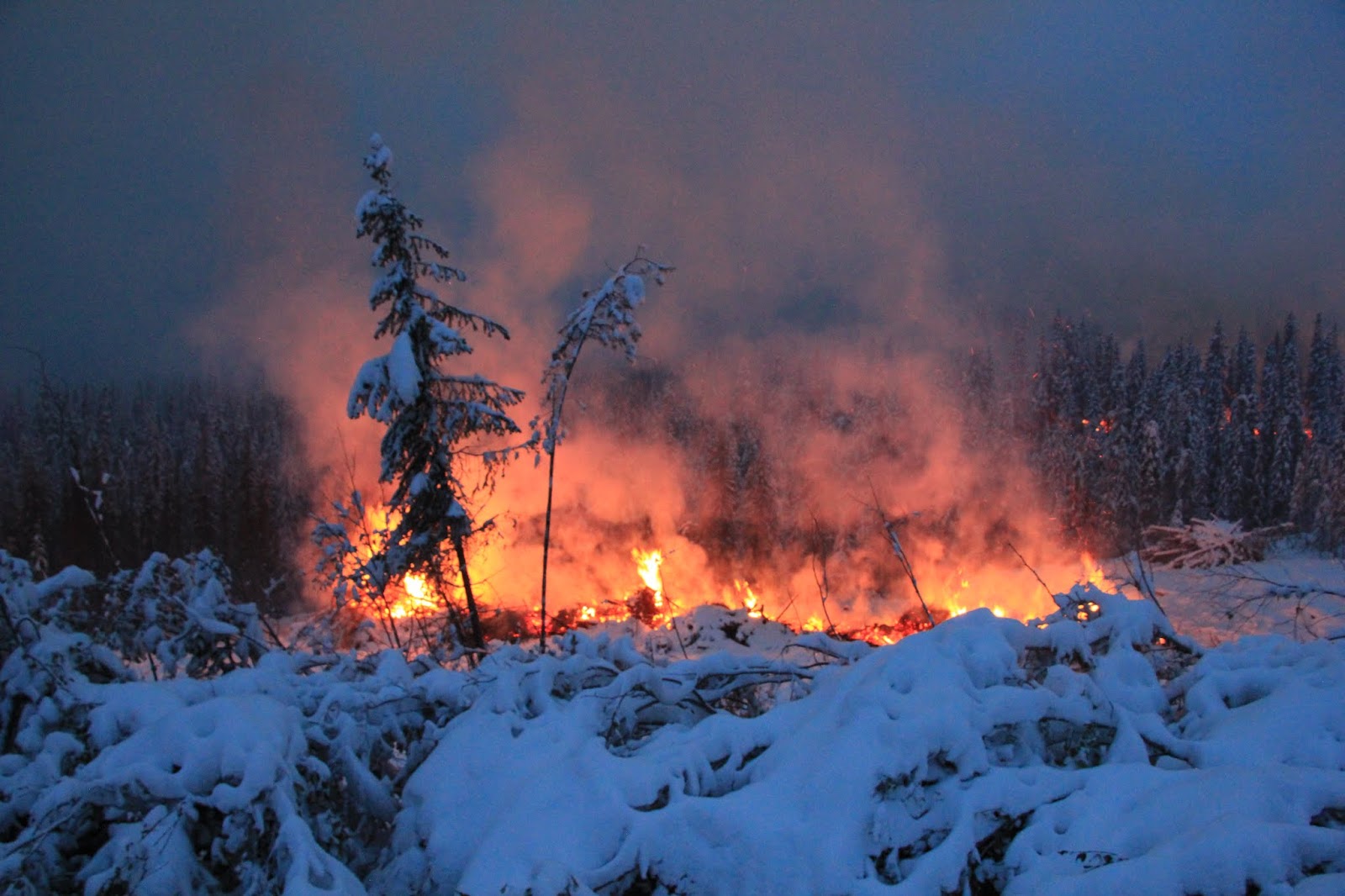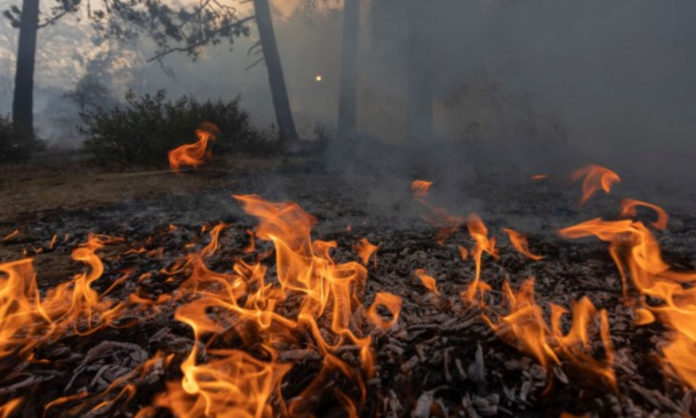According to recent research, global warming is causing an exponential rise in the number of mega fires in the Arctic. A region about the size of Belgium was damaged by fires in 2020, with Siberian Arctic fire rates recently exceeding those of the previous 40 years. According to the report, there were seven times as many fires as the average since 1982.
Since the summer of 2020 was the warmest in the prior 40 years, scientists in Spain believe that rising temperatures are to blame for this remarkable increase. Between 2019 and 2020, 4.7 million hectares were burned, producing 412.7 million tons of greenhouse gas emissions overall.
Hundreds of fires have been the source of destruction in Arctic
Multiple effects have resulted from the rise of flames. Permafrost, a continuously frozen layer of subsoil that stores a significant quantity of carbon, is prevalent in huge regions of the Arctic. The permafrost has been harmed by the increase in fires, leading to a significant release of greenhouse gases. The dynamic habitats and ecosystems that have been thriving for years are also destroyed by fires.

According to research co-author and CSIC scientist Josep Peuelas, temperatures have reached a crucial point where even slight rises above the summertime norm of 10 °C can dramatically increase the area burned and the related emissions.
Increased vegetation as a result of global warming is actually bad
Over the past forty years, there has been a steady trend in problems brought on by increased temperatures, such as drier weather, longer summers, and more vegetation, which all lead to an increase in fires.
According to Dr. Peuelas, higher temperatures are to blame for the early thaw, which promotes faster plant growth and more fuel availability. Aleixandre Verger, a researcher at CSIC and CREAF, says that more and early vegetation reduces the amount of water in the soil and causes plants to experience higher water stress. Extreme heat waves make people more susceptible to drought, like in the Siberian Arctic in 2020.
Extreme weather
Storms and lightning, which have previously been extremely unusual in the Arctic, are increasing, which is another important effect of these rising temperatures. More than 600 kilometers north of the Arctic Circle, where fires are uncommon and where winter ice was still discernible at the time of burning, flames were discovered, according to Descals. We think that increased thunderstorms and lightning are the primary cause of the fires because many fires were found within a few days of each other. However, more research would be needed to show how much human activities may affect the fire season in this isolated area.

As a result, climate change increases the risk of fire in two ways: on the one hand, it makes vegetation and peat lands more prone to fire, and on the other, it increases the frequency of lightning-sparked ignitions.
What are your thoughts about it? Let us know in the comments below.
Stay tuned to Brandsynario for the latest news and updates.





































